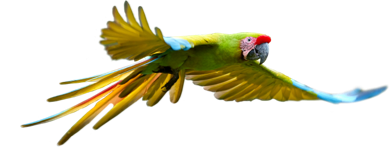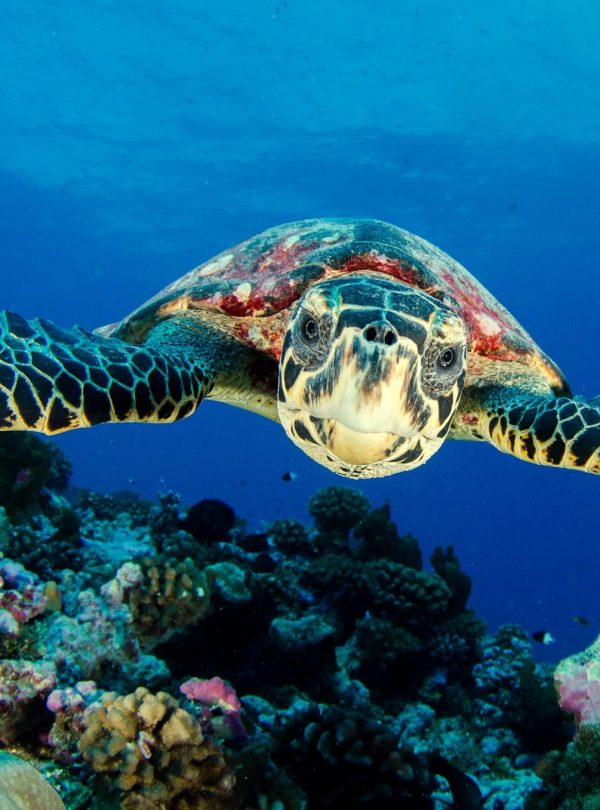
Safeguard a Pristine Coral Reef in Cuba
Support more work like this!Support more work like this!Cuba’s extensive reef habitats may prove to be essential to the survival of other reefs in the Caribbean and Florida.
-
Species at Risk
Elkhorn Coral (CR), Great Hammerhead Shark (CR), Gudlach’s Hawk (EN), Oceanic Whitetip Shark (CR), Caribbean Reef Shark (EN), Whale Shark (EN), Hawksbill Sea Turtle (CR), Green Turtle (EN)
-
Carbon stored
Not calculated for marine projects*
*(metric tons of CO2 equivalents) -
Partner
Wildlife Conservation Society (WCS)
-
359,743 Proposed Acres Conserved by
Designation
-
Project Cost: $302,059

359,743
Cuba’s extensive reef habitats may prove to be essential to the survival of other reefs in the Caribbean and Florida.
-
Species at Risk
Elkhorn Coral (CR), Great Hammerhead Shark (CR), Gudlach’s Hawk (EN), Oceanic Whitetip Shark (CR), Caribbean Reef Shark (EN), Whale Shark (EN), Hawksbill Sea Turtle (CR), Green Turtle (EN)
-
Carbon stored
Not calculated for marine projects*
*(metric tons of CO2 equivalents) -
Partner
Wildlife Conservation Society (WCS)
-
359,743 Proposed Acres Conserved by
Designation
-
Project Cost: £227,112

359,743
Video courtesy of partner, WCS-Cuba
The cerulean blue seas surrounding Cuba paint a brilliant watercolor. Teeming with coastal and open ocean species of rays and sharks this marine area is also home to vast coral reefs found in shallow waters as well as in various depths up to 490 feet below sea level. But under the surface, a dazzling array of marine life is threatened by overfishing and illegal harvesting.
Cuba’s extensive reef habitats may prove to be essential to the survival of other reefs in the Caribbean and Florida. Several globally threatened coral species are healthy and well represented here, including the Elkhorn Coral (CR), Staghorn Coral (CR), Boulder Star Coral (EN) and Mountainous Star Coral (EN).
Stony corals form the foundation of coral reefs. These animals—yes, corals are animals—use tiny, tentacle-like arms to capture their food. They spend their adult lives attached to the seafloor and secrete a framework of calcium carbonate (the main chemical compound in limestone) as they grow. New colonies build on top of older ones, shaping a strong, porous structure many layers deep.
Rainforest Trust and Wildlife Conservation Society, together with the local non-governmental organization Antonio Nuñez Jimenez Foundation, are working to protect a critical gap in protection by expanding Marine Protected Areas in Cuba by 359,743 acres along the southern coast at Desembarco del Granma National Park. This will be the first project in Cuba for Rainforest Trust.
(Header photo: Staghorn Coral, by Albert Kok/Wikimedia)
Learn More About Cuba’s Coastal Ecosystem

Elkhorn Coral (Acropora palmata), by Tisquesusa/Wikimedia Commons

Desembarco del Granma NP, Cuba, by Alieski del Rio Leal

Desembarco del Granma NP, Cuba, by Alieski del Rio Leal

A Great Hammerhead, by Jake Mohan

Whale Shark, by Aaronejbull87

Desembarco del Granma NP, Cuba, by Alieski del Rio Leal

Staghorn Coral, by Albert Kok/Wikimedia
Protect Imperiled Sharks and Sea Turtles
Only a small percentage of Cuba’s coastal and marine resources are protected. This proposed area in need of protection is threatened by overfishing—especially the Critically Endangered Nassau grouper and several species of sharks, illegal harvesting of globally threatened coral and pollution.
The Desembarco marine habitat provides spawning sites for the Nassau grouper (CR) and is a stronghold for coastal and open ocean species of sharks and rays such as Great Hammerhead (CR), Oceanic Whitetip Shark (CR) and Caribbean Reef Shark (EN). In addition, the Hawksbill Turtle (CR)—whose global populations have suffered 80% loss over the last century—uses ancient marine corridors here to connect with other protected coastal areas to the east and west of Cuba.
A Threatened Marine Habitat
Already protected, Desembarco del Granma National Park is made up of a series of elevated limestone terraces, cascading down through forests, to beaches and mangroves.
Our proposed project will safeguard the waters hugging this coastline and complete this swath of protection—from the coral reefs to the interior of the national park. Falling leaves from the protected mangroves in the national park decay and nourish many species, including fish, crabs, sea turtles and coral reefs. All interdependent, the coral reefs, in turn, protect the coastline from flooding and erosion, reduce wave energy, and safeguard this entire ecosystem.




We Value Transparency.
Conservation work is critical, challenging, and can be costly. We work hard to ensure we raise only the funds needed for each project. In the rare case we raise more money than needed or a project comes in under budget, excess monies will be transferred to the Conservation Action Fund. This fund supports our important conservation work throughout the tropics.
Learn more about the Conservation Action FundLearn more about the Conservation Action Fund
Partnering to Save Rainforest
Our partners’ ability to work with their governments and build strong connections with local communities ensures the successful implementation of our projects.
Learn More About This PartnerLearn More About This Partner
